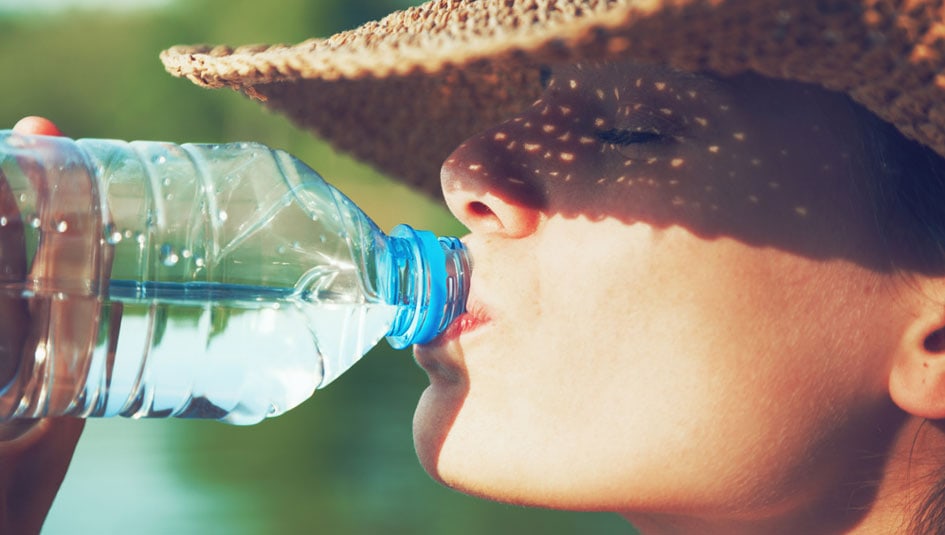Hypoglycemia More Common in Hotter, Colder Months

Is there a certain month in the year where you find that you have more bouts of hypoglycemia than others? You might be in good company.
A new study suggests that people with diabetes may be at more risk of hypoglycemia in the coldest and hottest months of the year. In the study, researchers also discovered a temperature zone that seemed to offer the lowest risk for people with diabetes, at least for those living in the Hamburg region of Germany.
Researchers connected with the Park-Klinik Weissensee medical clinic in Berlin studied medical records from 2,592 patients with diabetes who were treated by physicians for severe hypoglycemia in the Hamburg region; 32 percent of those treated had Type 1 diabetes. They then cross-referenced the dates of those treatments with weather data collected by the Hamburg University of Applied Sciences, according to a report in Healio.
Read one family’s story in “Adventures in Summertime Diabetes Management.”
What the researchers found was that severe hypoglycemia occurred 18 percent more often during higher temperatures and 15 percent more often during lower temperatures when compared to a thermal range of 50°F to 68°F (10°C to 20°C). As some 92 percent of these cases occurred indoors, it appears that a well-set thermostat did little to prevent the increased risk of hypoglycemia during those colder and warmer months.
Now, before everyone goes moving to Oregon, it should be noted that the researchers were hesitant to say that these findings were translatable outside of the Hamburg region. That’s because people adapt to the climate of where they are in a myriad of ways. The researchers also didn’t hazard a guess as to why this relationship between temperature and hypoglycemia might exist.
Read “Sean Busby – the Snowboarder with Type 1.”
Might we unscientifically suggest, however, that this study is a good reminder about the importance of hydration? Dehydration can cause blood sugar levels to spiral upward and tax the kidneys. The risk of dehydration in cold weather is less obvious than during warmer months, but cold temperatures can short-circuit your body’s thirst mechanism, layered clothing can cause sweat, and your body expels more water through respiration in the cold air.
An extra glass of water might be good preventative medicine. After you’ve read this article, think about getting a drink of water. Go ahead, we’ll wait.
Thanks for reading this Insulin Nation article. Want more Type 1 news? Subscribe here.
Have Type 2 diabetes or know someone who does? Try Type 2 Nation, our sister publication.